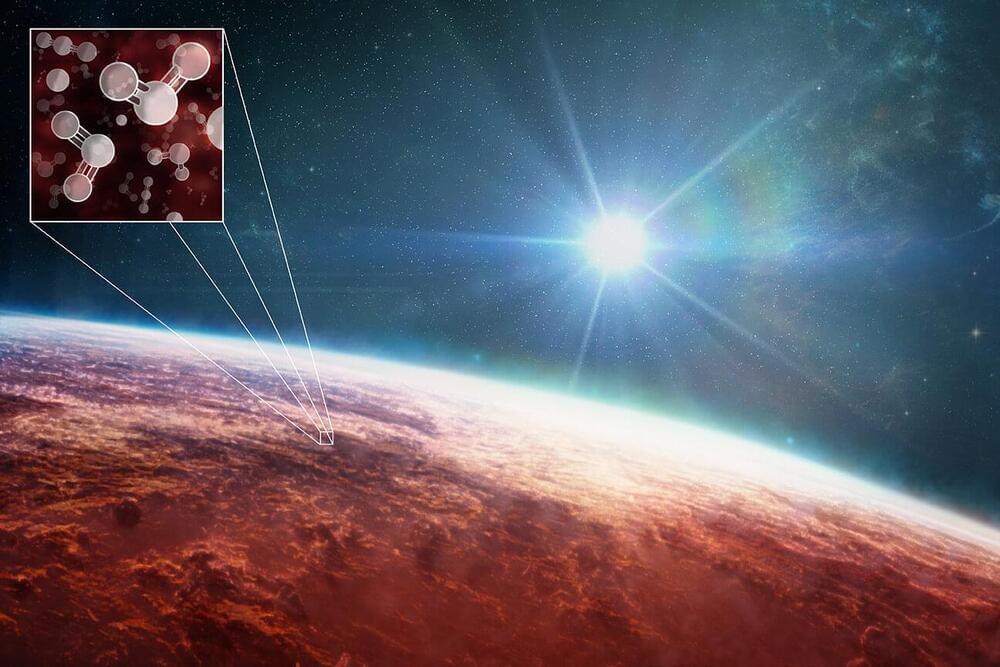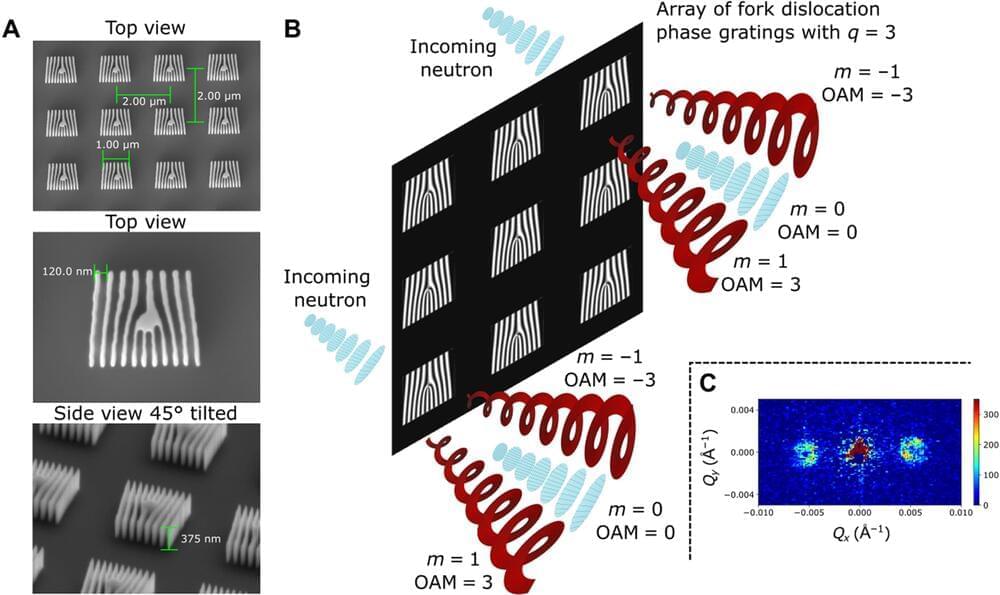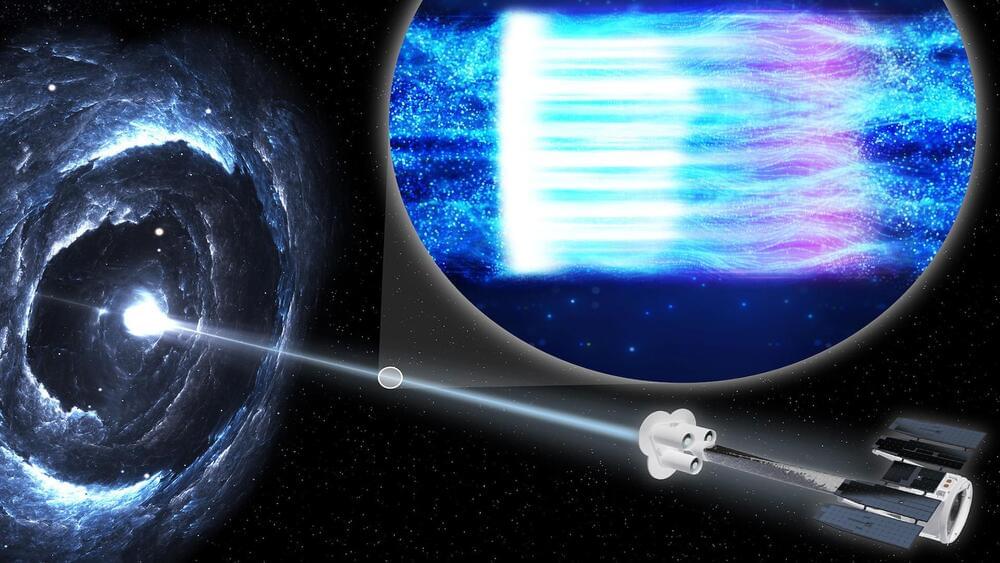Deep Learning AI Specialization: https://imp.i384100.net/GET-STARTED
AI News Timestamps:
0:00 New AI Robot Dog Beats Human Soccer Skills.
2:34 Breakthrough Humanoid Robotics & AI Tech.
5:21 Google AI Makes HD Video From Text.
8:41 New OpenAI DALL-E Robotics.
11:31 Elon Musk Reveals Tesla Optimus AI Robot.
16:49 Machine Learning Driven Exoskeleton.
19:33 Google AI Makes Video Game Objects From Text.
22:12 Breakthrough Tesla AI Supercomputer.
25:32 Underwater Drone Humanoid Robot.
29:19 Breakthrough Google AI Edits Images With Text.
31:43 New Deep Learning Tech With Light waves.
34:50 Nvidia General Robot Manipulation AI
36:31 Quantum Computer Breakthrough.
38:00 In-Vitro Neural Network Plays Video Games.
39:56 Google DeepMind AI Discovers New Matrices Algorithms.
45:07 New Meta Text To Video AI
48:00 Bionic Tech Feels In Virtual Reality.
53:06 Quantum Physics AI
56:40 Soft Robotics Gripper Learns.
58:13 New Google NLP Powered Robotics.
59:48 Ionic Chips For AI Neural Networks.
1:02:43 Machine Learning Interprets Brain Waves & Reads Mind.









